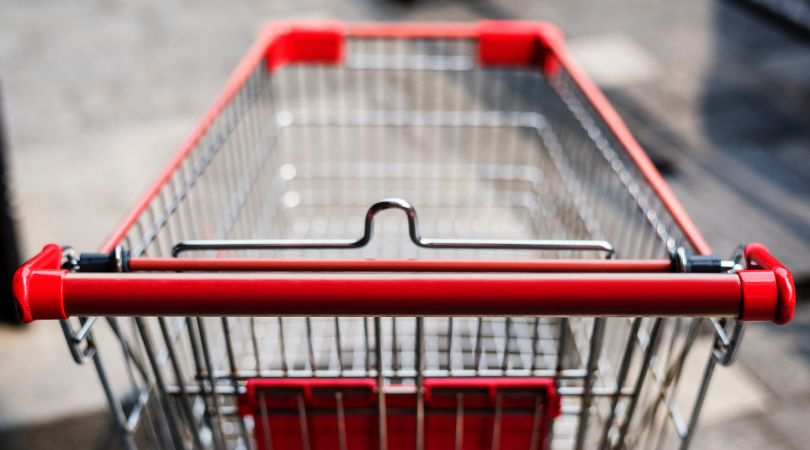For all businesses today, improving the bottom line is crucial. It’s a competitive market and trying to remain a leader in your industry can be a constant battle. But technology can play a key role in driving competitive advantage.
It’s no different for the retail industry, particularly when it comes to solving a challenge that is faced by retailers across the globe: Stock shrinkage.
Did you know that retail stores worldwide lost $123.39USD billion worth of inventory in 2015? To put this into perspective, this equates to around:
- Forty-nine billion avocados
- Thirteen billion packets of 100 Panadol tablets
- Seven billion Barbie Dolls
- Four billion Dior lipsticks
- One billion pairs of Lee Jeans, and
- Seventy-eight million 13-inch MacBook Pros
In Australia alone, it’s been estimated that retailers lose up to $2.7bn in criminal theft, with employees making up a significant portion of that.
The range of items stolen is mind-boggling, with the most common being alcohol, makeup, mobile accessories, tobacco, footwear, fresh meat, and perfumes. It really does affect all areas of the retail industry.
Technology is a key part of the solution
With stock shrinkage increasing year on year, the retail industry is looking at innovative ways to solve the problem. In the past, CCTV has been used to try to manage this challenge, but it hasn’t proved to be a significant deterrent. Add to this common challenges around under-trained security staff and unmonitored access, and finding a better technology solution is crucial.
Biometric technology isn’t new, but in recent times it has emerged in the retail space in new and innovative ways. Placing biometrics at the centre of a retail organisation can play a huge role in addressing the challenge of stock shrinkage.
Combining the benefits of software and hardware, the right biometric solution can increase certainty of identity and improve a retailer’s ability to control stock shrinkage. Introducing the right mix of technologies, around access control into high-value good areas, visitor management, staff/contractor time and attendance, and key management to stock rooms can have a dramatic impact on your business.
And finding the right mix to address your specific challenges is key; selecting a biometric solution that can be tailored to suit a company’s individual needs will make a difference. Ultimately, building a biometric solution that employs the right technology, for the right application, in the right environment, is the most beneficial outcome for a retailer.
Biometrics can address a number of retail challenges
Beyond addressing the challenge of stock shrinkage, putting biometrics at the centre of your organisation improves the way you do business on a number of levels, improving customer experience and increasing your competitive advantage.
The biometrics field is rapidly advancing, and there are platforms available today that improve processes around workforce communication and management, provide connectivity between disparate systems across the organisation for better reporting, and remove inefficient manual processes in a variety of areas.
Biometrics is becoming a core technology across many industries, from government and justice to banking and finance and even childcare, and forward-thinking retail organisations should be looking to how it can change the landscape more broadly. It has the potential to reduce risk, introduce positive behavioural change, streamline business process and, of course, deliver an improved bottom line by saving companies billions of dollars each year.


